Sonic Art
There is an infinite number of ways how one cane produce audio recordings. Here, we present a few principles we are guided by. And we describe the skill set we are dealing with. Please use the Contact page for questions and feedback.
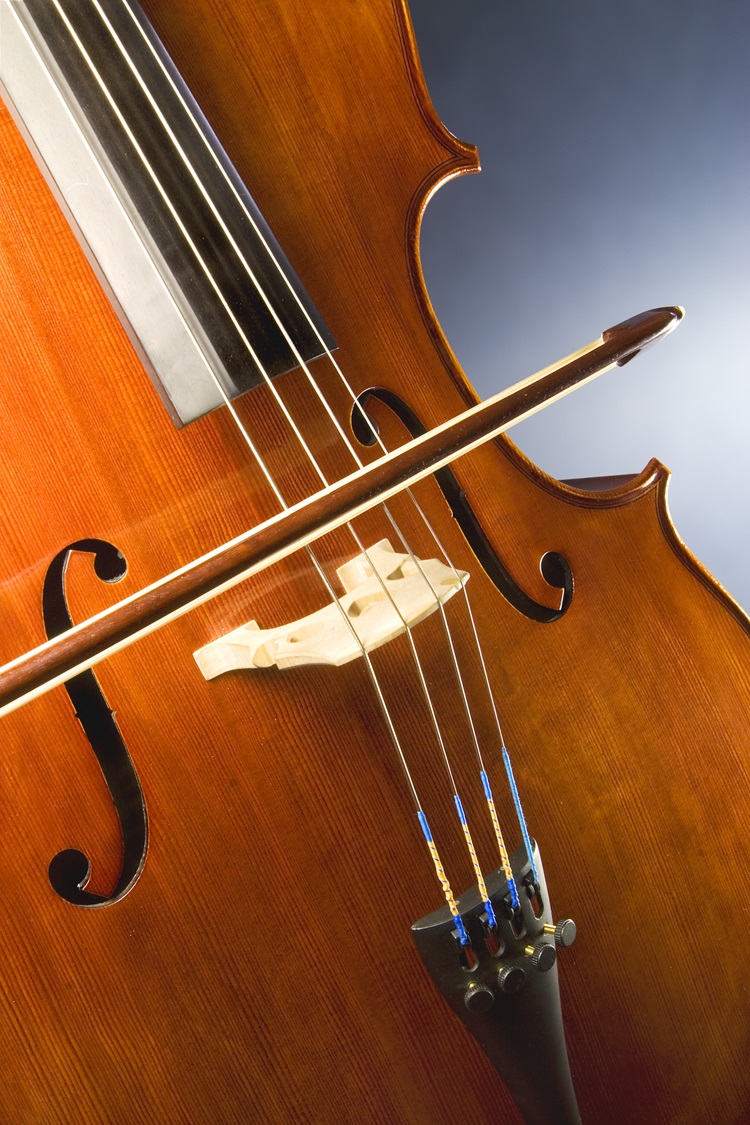 Ideal no. 1 Live music can unfold infinite magic and then dies away forever. The magical moment cannot be conserved but we can try to transparently capture the sound event, the situation in concert with its casual noises, the musicians' and the audience's energy and the impact of the music. We aim as an ideal towards the lively origin of the magical moment and the breath of music. This is why we primarily deal with live recordings.
Ideal no. 1 Live music can unfold infinite magic and then dies away forever. The magical moment cannot be conserved but we can try to transparently capture the sound event, the situation in concert with its casual noises, the musicians' and the audience's energy and the impact of the music. We aim as an ideal towards the lively origin of the magical moment and the breath of music. This is why we primarily deal with live recordings.
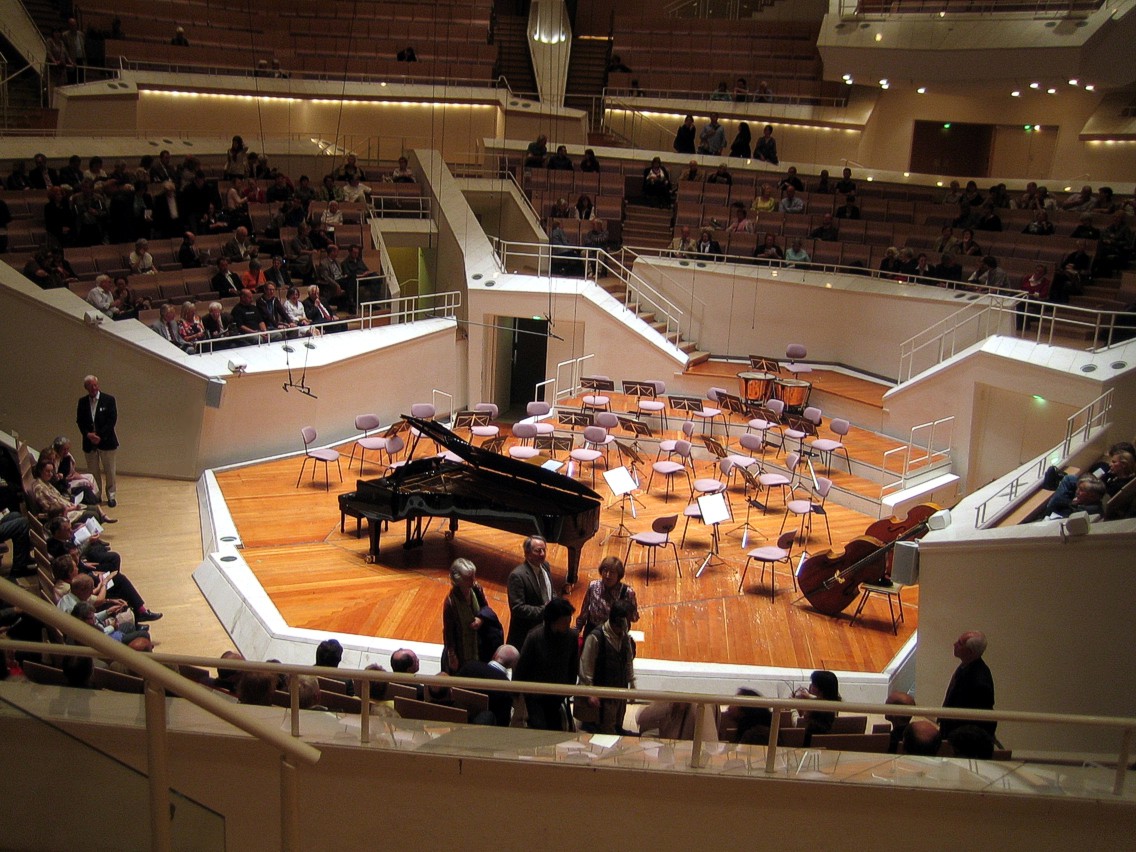 Ideal no. 2 The natural tone in the concert hall cannot be recorded from one single point even if one chooses a very good seat. To capture the diverse sonic impressions we need different systems of microphones which have to be mixed carefully. The main impression depicts the spatial width and depth of the stage. It is recorded by the main microphone system. Support microphones enable to precisely locate the single instruments and voices. The hall reacts to the music with a reveberant sound and is recorded by spatial microphones, which is very important, the "music's dress". Mixing is done such that the main sonic impression is only supported but not dominated by the other sources, leading to deliberate manipulation of sound. But we always aim towards reproducing the natural sound as if we were sitting in the concert hall.
Ideal no. 2 The natural tone in the concert hall cannot be recorded from one single point even if one chooses a very good seat. To capture the diverse sonic impressions we need different systems of microphones which have to be mixed carefully. The main impression depicts the spatial width and depth of the stage. It is recorded by the main microphone system. Support microphones enable to precisely locate the single instruments and voices. The hall reacts to the music with a reveberant sound and is recorded by spatial microphones, which is very important, the "music's dress". Mixing is done such that the main sonic impression is only supported but not dominated by the other sources, leading to deliberate manipulation of sound. But we always aim towards reproducing the natural sound as if we were sitting in the concert hall.
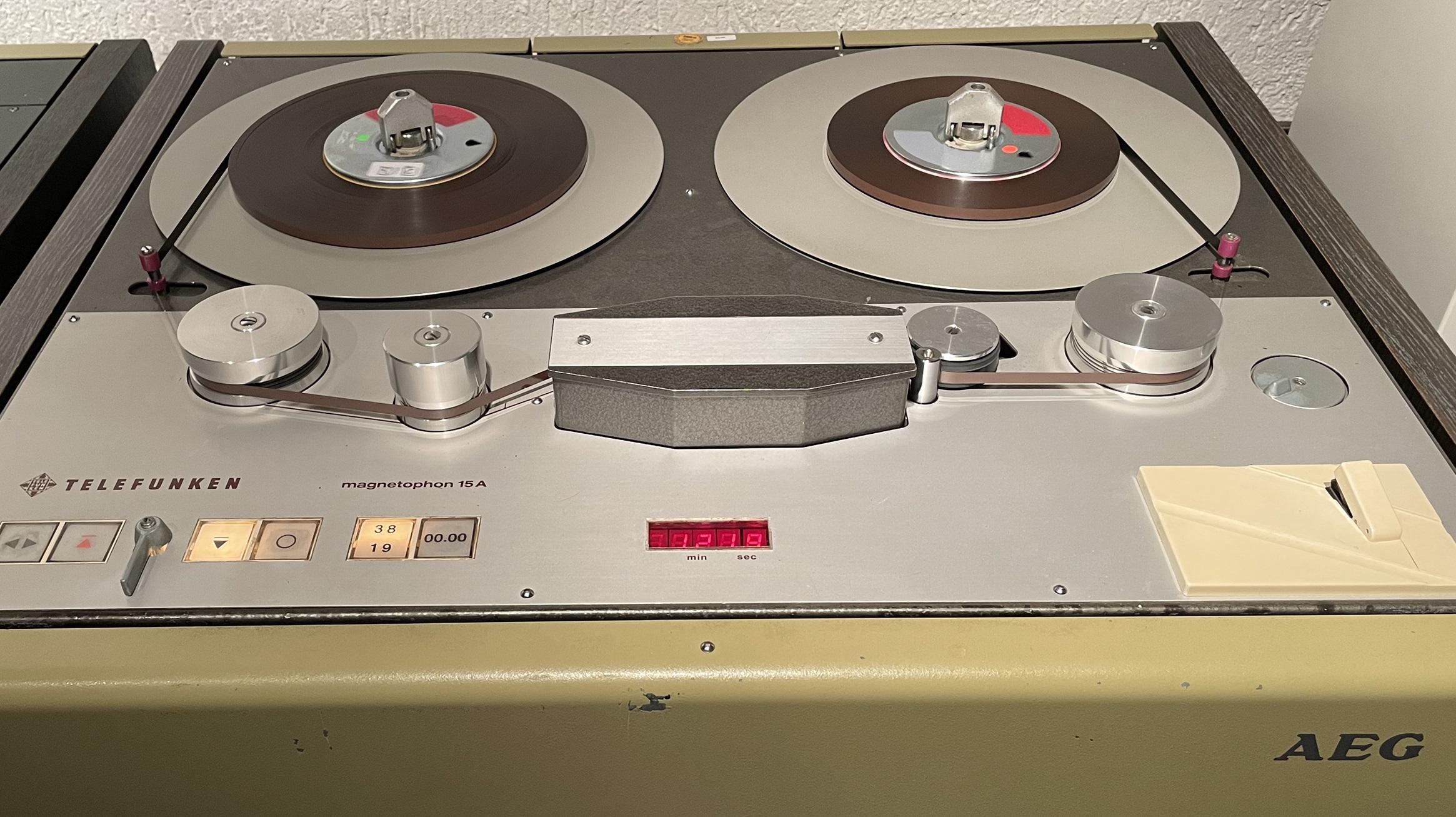 Ideal no. 3 The quality of signals directly provided by the microphones (or the microphone preamplifiers) is highest. Recording and replay on the other hand lead to loss of quality. High-quality analog technology is superior to digital technology when it comes to depicting the hall and the live impression. High-quality digital technology provides more detail, particularly during the transient phenomena. We have tested this intensively and consistently improved the recording and replay chains. Especially, we want to thank Dr. Gert Volk who has been intensively supporting us on these omptimization tasks for over a decade. As easy as it may seem: The human sense of hearing is extremely sensitive and constitutes a guiding standard for audio quality. We also use measurement technology, but only for supporting tasks.
Ideal no. 3 The quality of signals directly provided by the microphones (or the microphone preamplifiers) is highest. Recording and replay on the other hand lead to loss of quality. High-quality analog technology is superior to digital technology when it comes to depicting the hall and the live impression. High-quality digital technology provides more detail, particularly during the transient phenomena. We have tested this intensively and consistently improved the recording and replay chains. Especially, we want to thank Dr. Gert Volk who has been intensively supporting us on these omptimization tasks for over a decade. As easy as it may seem: The human sense of hearing is extremely sensitive and constitutes a guiding standard for audio quality. We also use measurement technology, but only for supporting tasks.
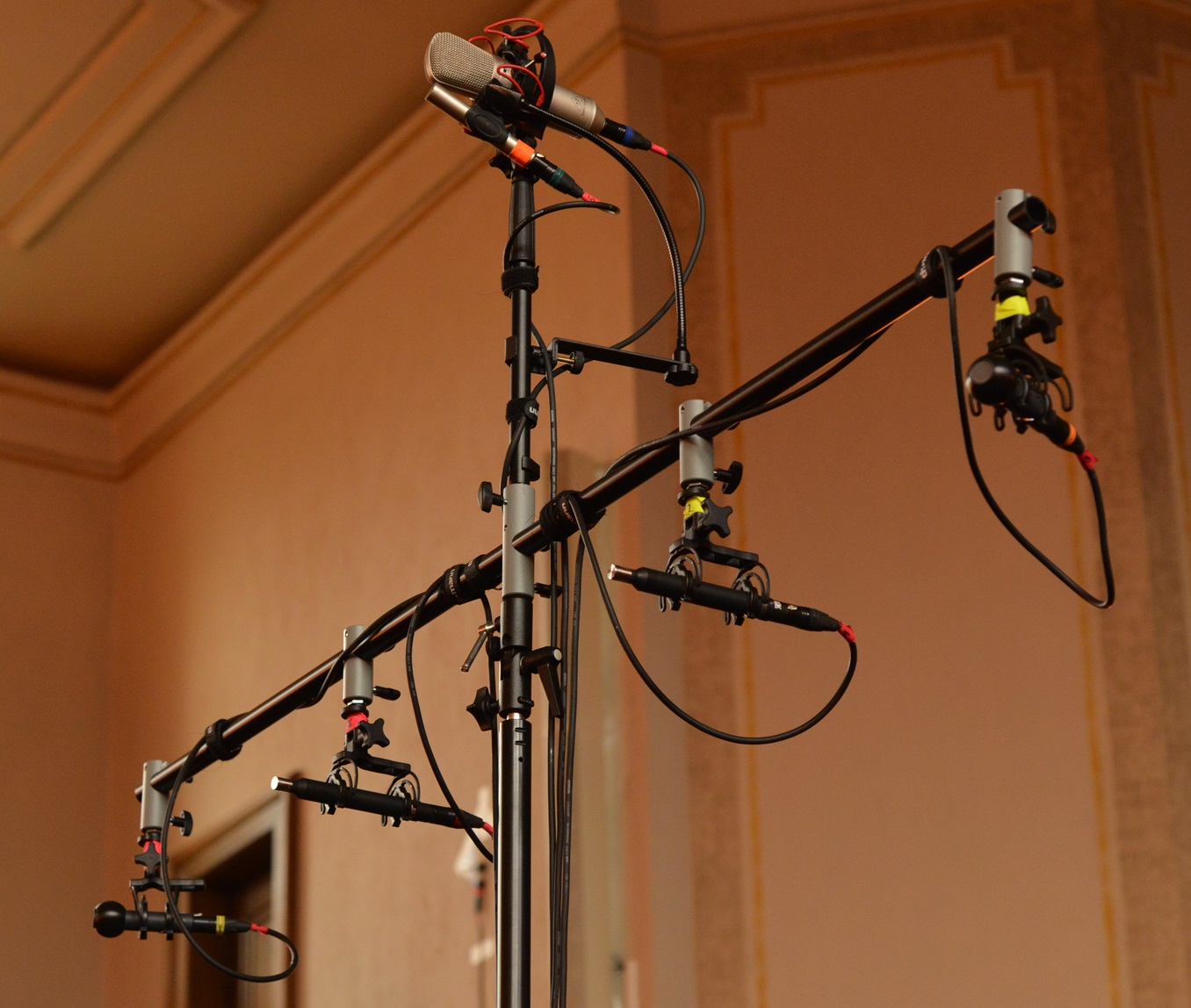 We have evaluated our microphones carefully over several years. For main microphone systems we prefer time difference stereo technique and utilize pressure transducer. Thereby have made good experiences with Josephson C617 with a Microtech Gefell 1/2 in KM 211 capsule. For accent microphone systems we prefer level difference stereo technique and utilize pressure gradient microphones. Thereby we have made good experiences with a MS-System represented by a Josephson C617SET (omni) and a Neumann KM A + KK 120 (figure eight), Josphson C42 (cardioid), Neumann KM 184 (cardioid). Our Ambient microphones are Neumann KM 183 (omni, wide AB stereo) possibly mounted in form of boundary microphones.
We have evaluated our microphones carefully over several years. For main microphone systems we prefer time difference stereo technique and utilize pressure transducer. Thereby have made good experiences with Josephson C617 with a Microtech Gefell 1/2 in KM 211 capsule. For accent microphone systems we prefer level difference stereo technique and utilize pressure gradient microphones. Thereby we have made good experiences with a MS-System represented by a Josephson C617SET (omni) and a Neumann KM A + KK 120 (figure eight), Josphson C42 (cardioid), Neumann KM 184 (cardioid). Our Ambient microphones are Neumann KM 183 (omni, wide AB stereo) possibly mounted in form of boundary microphones.
We design our recording chain from the origin, the microphone. The sensitive analog signal has to be protected as well as possible. This is why, all components and connection lines are shielded. Unpreventable disruptions from the outside are supposed to stay on the shield and "float". Especially, the shields are never connected to the sensitive amplifier technology.
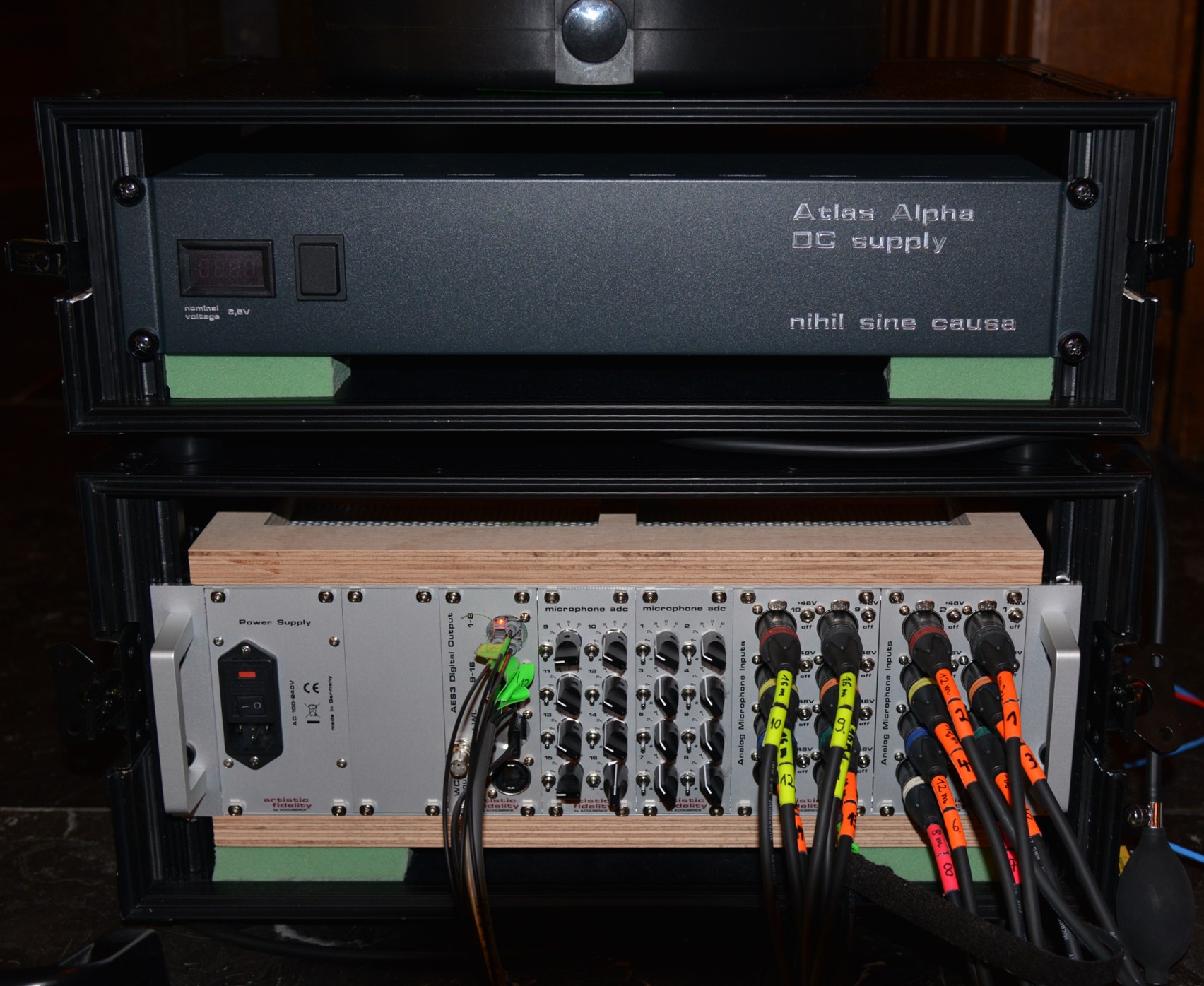 The analog amplifier technology itself has to be as high-grade as possible. We rely on the manufacturer Acousence. The analog digital converter is most crucial for the continued quality of the recording. Here, we also have conducted extensive tests and again decided for Acousence. Low Ohm LiFePO4 batteries are used as a power source independent of local grid. Digital signals are channeled to the recording PC by optical fiber separating the sensitive analog technology galvanically.
The analog amplifier technology itself has to be as high-grade as possible. We rely on the manufacturer Acousence. The analog digital converter is most crucial for the continued quality of the recording. Here, we also have conducted extensive tests and again decided for Acousence. Low Ohm LiFePO4 batteries are used as a power source independent of local grid. Digital signals are channeled to the recording PC by optical fiber separating the sensitive analog technology galvanically.
When we utilize digital recording technology, we chose highly resolving sampling rates. This is not because we believe we are able to hear signals above 20kHz, but because we noticed high sampling rates boost localization precision of phantomic sonic sources. We think this can be explained by timing errors between the left and the right channel. Our sense of hearing seems to be particularly sensitive for such timing errors. For further processing, we primarily use Harrison Mixbus and WaveLab.
Note: The used pictures cello and chamber music hall are from Wikipedia and are available without license (Creative Common License). The other pictures are taken by us.